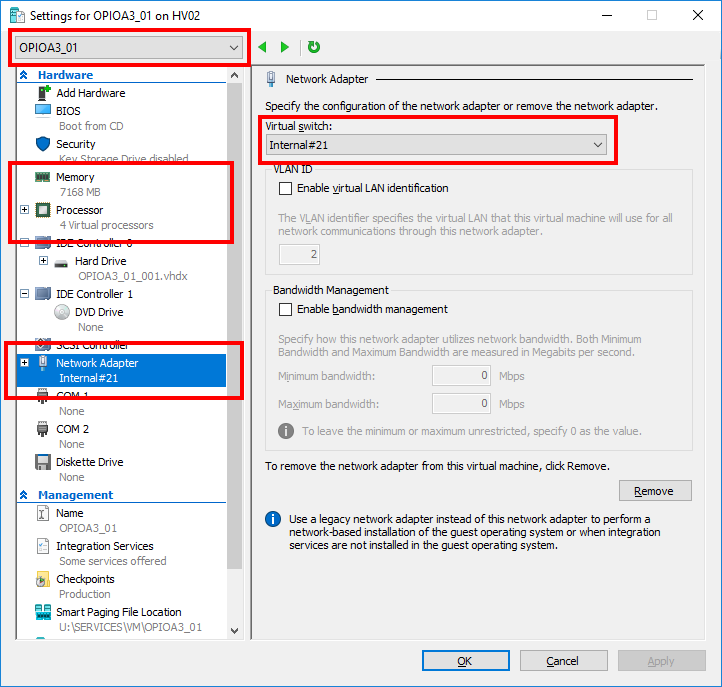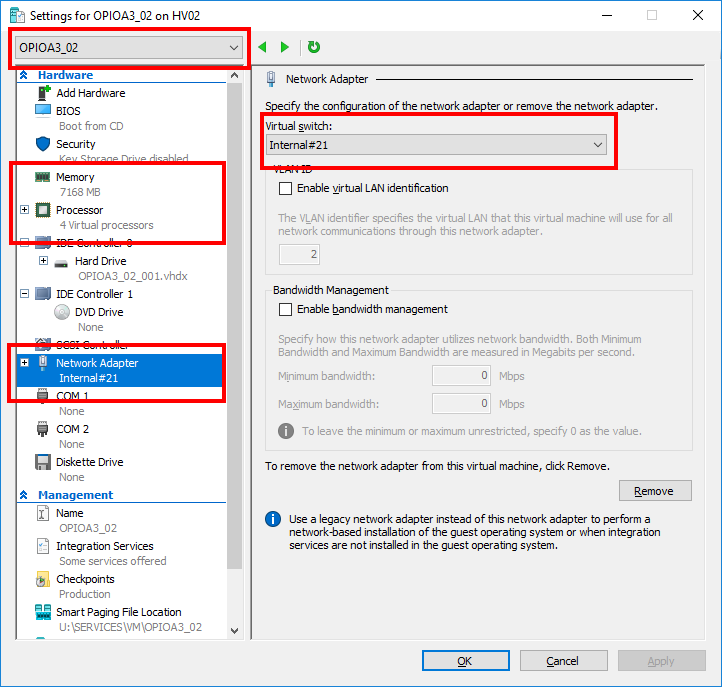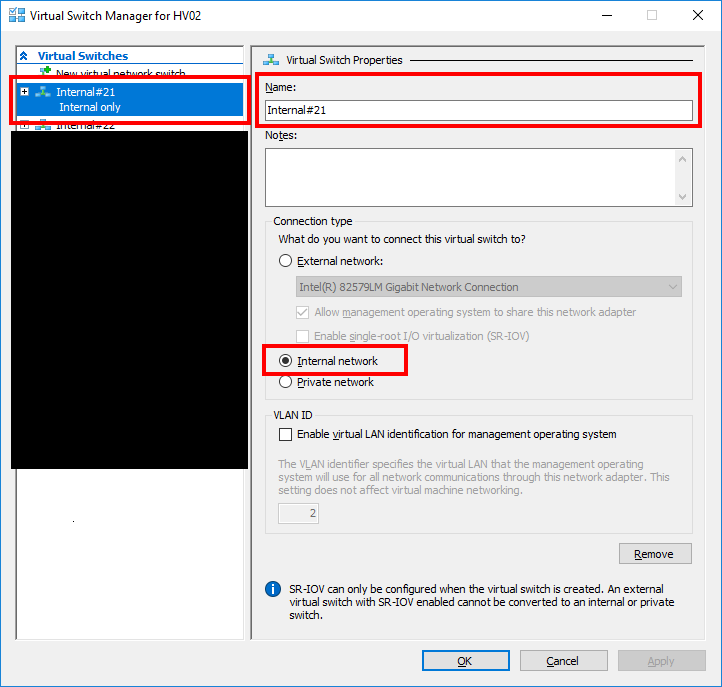This article is part of a series of 5 where I am talking about the Microsoft Azure network bandwidth. For a better understanding please make sure you read also the other parts:
- What does Microsoft mean by low / moderate / high / very high / extremely high Azure network bandwidth (part 1)
- The isolated network setup (the environment used for network analysis) (part 2)
- What happens when we perform a PING? (part 2.1)
- What happens when we perform a PING in size of 4086 bytes? (part 2.2)
- Now let’s see what exactly happens when a file is copied over the network (file share) (part 2.3)
- Now let’s see what exactly happens when MS SQL traffic is performed (part 2.4)
- Now let’s see what exactly happens when IIS HTTP/HTTPS traffic is performed (part 2.5)
- The IOmeter benchmark tests who reproduce as close as possible the HTTP/HTTPS, SMB and MS SQL network traffic (part 3)
- The Azure Virtual Machines used to run the IOmeter benchmarks (part 4)
- Results and interpretations
As mentioned in the main article, it was required to analyze the HTTP/HTTPS, SMB, MS SQL protocols and see how exactly they behave over the network.
In order to run such analysis it was necessary to build an isolated network setup. I actually provisioned two Hyper-V VMs (named: OPIOA3_01 and OPIOA3_02), I configured each VM with 4 vCPU, 7168 vRAM and one 10 Gbps virtual network adapter. After that, I connected these two VMs to a Hyper-V Internal Network Virtual Switch.
To have the minimum influence over the results, for the duration of all these tests the Windows Firewall has been deactivated and no additional applications have been executed in parallel.
Because the VMs and the Internal Network Virtual Switch have been hosted by the same physical server, that meant the network traffic hasn’t passed any physical network -> the setup allowed to use the network at maximum. In addition, this setup offered enough isolation to perform PING, SMB, MSSQL and HTTP/HTTPS network analysis – in such way to define the IOmeter benchmark tests that reproduce as close as possible that kind of network traffic.
I decided to provide a bit more details of how the network analysis has been performed for these protocols. Bellow, I provided links to detailed descriptions of what exactly happens at the network level when:
- a PING between two systems is performed;
- a 4086 bytes PING between two systems is performed;
- when a file is copied over the network (SMB);
- when a MS SQL connection + query + response is performed;
- when IIS HTTP/HTTPS traffic is performed;


